Niveles de iconicidad
Ejemplos de realismo (portadas de la revista Page, de Face), …
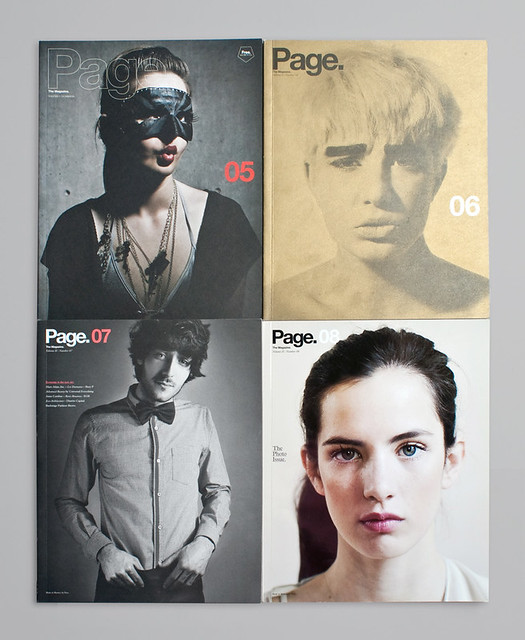
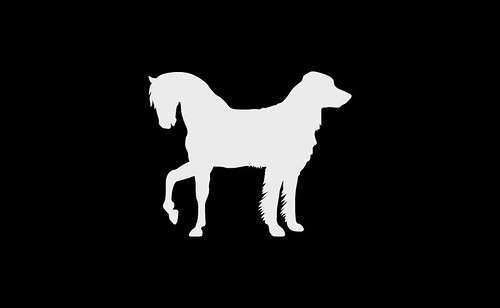
Ejemplos de realismo (portadas de la revista Page, de Face), figurativismo (ilustración de Tomás Hijo, derecha) o abstracción (logo para Darling Dash, de Founded, arriba).
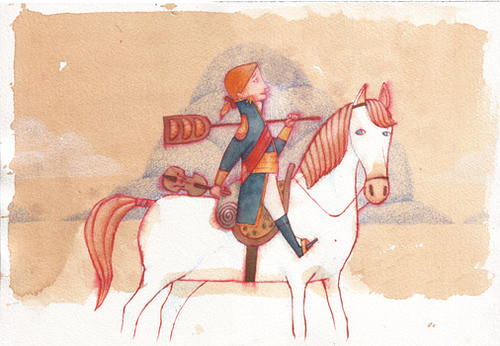

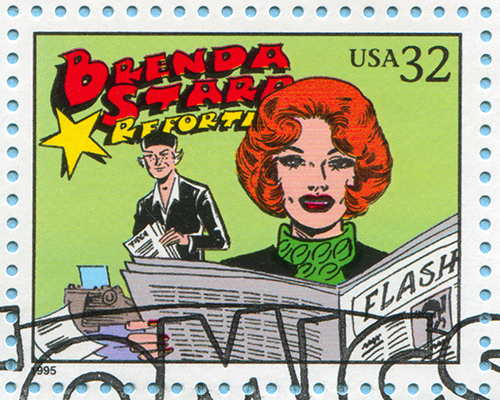
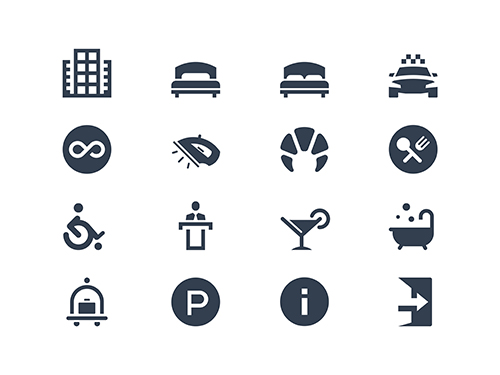
Fotografías, ilustraciones o vectores de diferentes grados de iconicidad en Depositphotos.
¿Cuáles son los diferentes tipos de imágenes con que cuenta el diseñador en el desarrollo de una pieza visual? En la formación en diseño gráfico, se suele recurrir frecuentemente al término iconicidad (vinculado muy estrechamente con el mundo de la semiótica) para aludir al al volumen de carga informativa de la imagen producida (significante) con respecto motivo representado (referente). En el mapa teórico del diseño gráfico, han sido múltiples los intentos por enumerar los distintos niveles de iconicidad (también definido como el grado de fidelidad en la representación de un referente concreto), entre los que destaca la propuesta de Moles (1973) para tratar de sintetizar la realidad mediante una escala de 12 alternativas. En la práctica del diseño, en definitiva, el uso fundamental de este modelo se dirige a un intento de concretar las opciones de configuración de que dispone el diseñador para el desarrollo de una pieza determinada, en relación a la naturaleza de las imágenes.
Otros autores han tratado de realizar una simplificación más operativa de este criterio a partir de la reunión de los doce niveles mencionados en tres posibilidades fundamentales:
– Realismo: Contempla las imágenes con una elevada relación de semejanza entre significante y referente y, por tanto, constituye el nivel con un reconocimiento más inmediato.
– Figurativismo: Vinculada a una mayor simplicidad de la representación, o a un volumen de detalle intermedio con respecto al elemento representado.
– Abstracción: Reduce la imagen a sus componentes esenciales y, en este sentido, requiere de una labor de percepción más compleja por parte del sujeto. En ocasiones, se asocia también este término a las imágenes que carecen de un referente concreto.
Si eres un profesional del diseño o de la creatividad y necesitas material gráfico de calidad en cualquiera de estas variantes (fotografías, ilustraciones, vídeos o recursos vectoriales), Depositphotos se ha consolidado como una de las soluciones online más interesantes y uno de los proveedores de material gráfico con mayor tasa de crecimiento del mundo.
Este post ha sido redactado según el Código de Confianza C6C (Publicidad).
Which are the different type of images available to create a visual piece? In the graphic design training, the term iconicity (linked very closely to the world of semiotics) refers to the volume of information of the produced images (significant) in relation to the element shown (referent). In the theoretical map of graphic design, multiple attempts have tried to enumerate the different levels of iconicity (also defined as the grade of fidelity in the representation of a given referent), like the featured Moles‘ proposal (1973), which tries to synthesize the reality through a scale of 12 alternatives. In the practice of design, therefore, the primary use of this model is an attempt to specify the visual options available in the development of a certain project, related to the nature of images.
Other authors have tried to make a more operative simplification of this criterion by collecting these twelve levels in three main possibilities:
–Realism: It refers to the images with a high ratio of similarity between significant and referent, helping, therefore, to an easier understanding.
–Figurativism: Linked to a bigger simplicity of the representation (compared to the previous level), it’s an intermediate degree of detail in relation to the represented element.
–Abstraction: It happens when the image is reduced to its essential components and, in this sense, it requires a more complex process by the human perception. Sometimes, this term is also associated to images without a specific referent.
If you are a design professional or creativity and need to high quality in any of these products (photographs, illustrations, videos or vector resources), Depositphotos has become one of the most interesting online solutions and one of the graphic providers with the highest growth rate in the world.


Pingback: Niveles de iconicidad